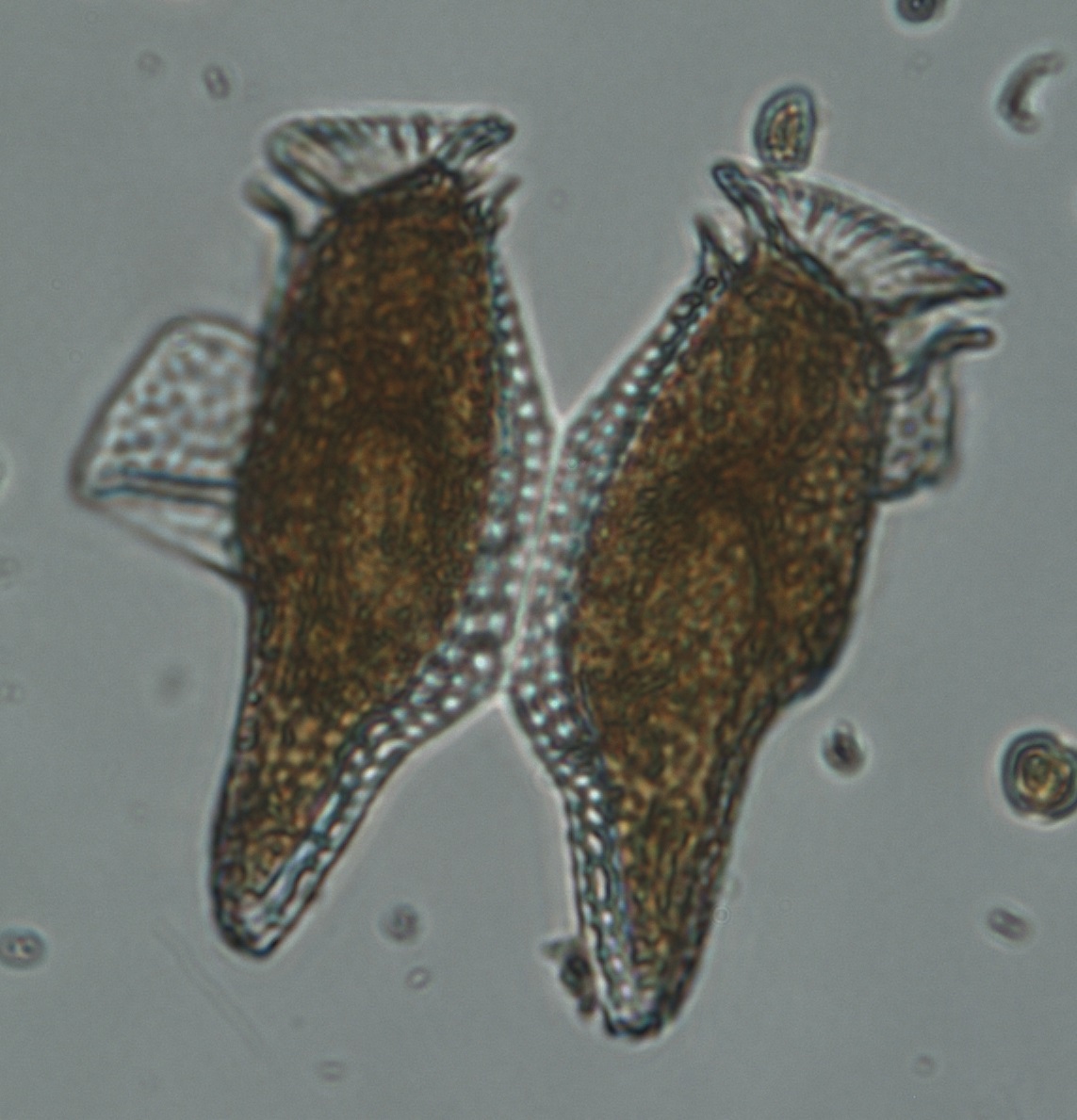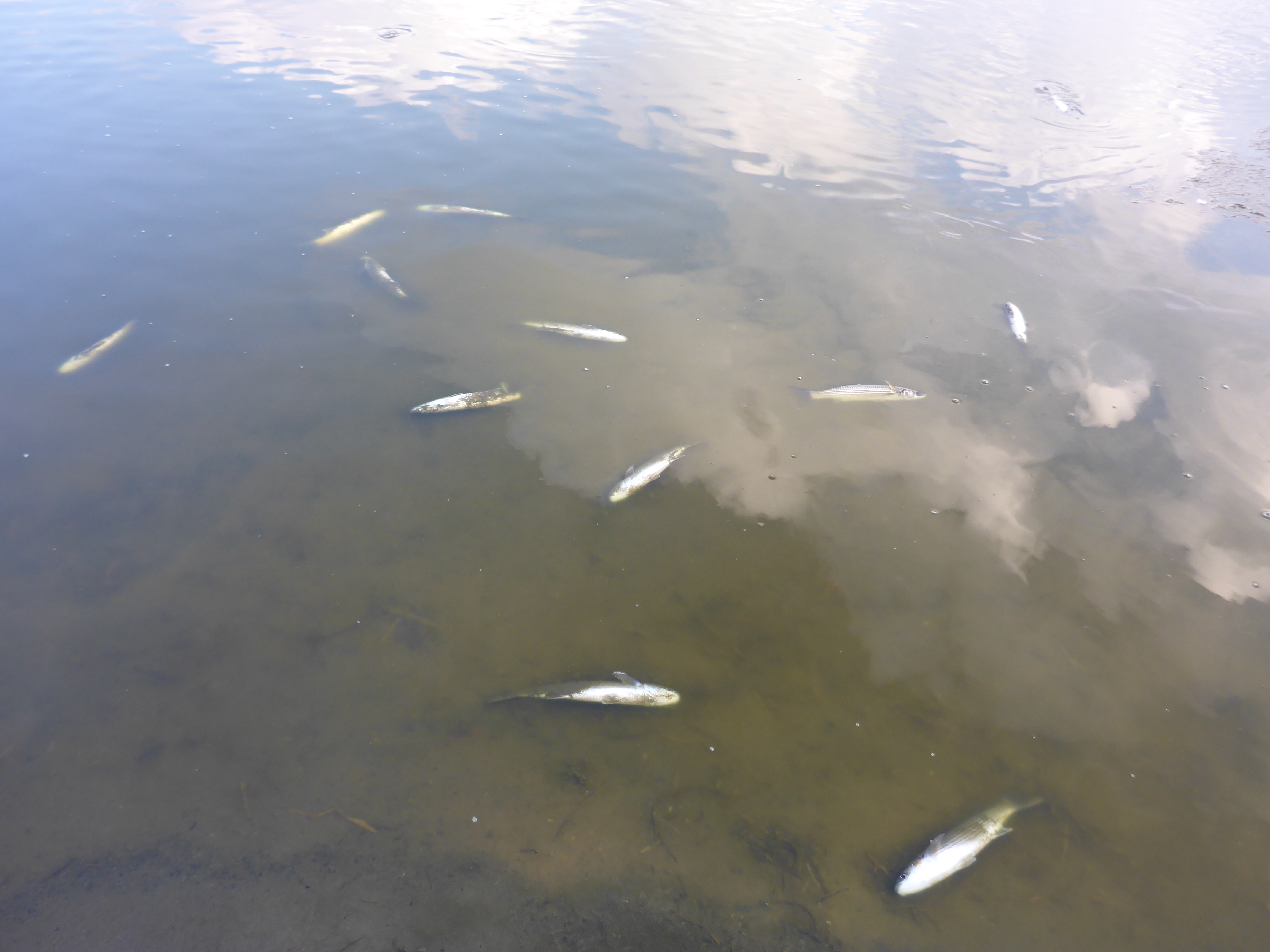Official control of classified production and reinstallation areas includes monitoring the presence of toxin-producing plankton in the waters. For this, sampling plans at regular intervals, should be developed. The geographical distribution of the sampling points and their frequency should ensure that the results of the analysis are as representative as possible for the shellfish growing area.
Plankton sampling should be able to detect possible changes in its composition and in its geographic distribution. When the results indicate that an accumulation of toxins in bivalve flesh has occurred, sampling should be intensified.
The sampling frequency must be adapted to the results of the risk assessment of the presence of phytoplankton. If the evaluation indicates that the risk of toxic episodes is very low, the frequency can be reduced, if it is high, it should be increased.
The samples must be representative of the water column and provide information on both the presence of toxic species and on population trends. In order to understand the population trend, at the time of sample collection different environmental parameters are measured in situ such as temperature, salinity, dissolved oxygen concentration, pH and samples are also collected for chlorophyll analysis. In some areas, buoys are also installed with sensors that record these parameters continuously. A hose is used to take representative samples of the water column, samples of different depths can also be collected and mixed.
Based on the results, the sampling frequency should be intensified for toxin analysis and/or preventive closure of the area until the results of the toxin analysis are obtained. Sometimes due to bad weather, especially in the areas of exploitation of natural shellfish banks, the collection of shellfish samples for toxin analysis can be delayed, so it is necessary to implement preventive closures when detecting abundance of toxic species at levels that can be assumed an accumulation of toxins in bivalves above the regulatory level.

In the event that the competent authority closes a production area due to the presence of plankton or excessive levels of toxin in the mollusks, it will take at least two consecutive results, separated by a minimum of 48 hours, below the regulatory limits, to reopen the area. In making that decision, the competent authority may take into account information on phytoplankton trends. When there are solid data on the dynamics of the toxicity of a given area, and provided that recent data on a decrease in toxicity are available, the competent authority may decide to reopen the area if the results of a single sampling are below the regulatory limits.
The species of toxic microalgae that must be controlled are those that produce the legislated toxins: paralyzing toxins, amnesic toxins, okadaic acid, dinophysistoxins, pectenotoxins, yessotoxins, azaspiracids. UNESCO maintains a list of toxic species available online, which is updated as new toxin producing species are discovered. Those responsible for official phytoplankton control programs also need to be up-to-date on scientific articles that describe either new species, species already known, but whose toxicity was unknown, as well as changes in species nomenclature. To keep up to date with the changes in the nomenclature, the World Register of Marine Species (WoRMS) and AlgaeBase are a good guide. The analysis of the entire phytoplankton community helps to interpret population trends and also, in retrospective studies, allows us to know if a species that was not considered toxic was already present in the area before being described as producing toxins. The analysis of the entire phytoplankton community is also useful for interpreting marine wildlife mortality situations due to proliferations of other harmful species.

UNESCO has a program on toxic and harmful phytoplankton “Harmful Algal Bloom Programme” whose objective is to support the management and research on these proliferations to understand their causes, predict and mitigate them. Among other activities, it includes the HAIS “Harmful Algal Information System” system of which the toxic species list is a part of and also the database on HAEDAT proliferation episodes. In HAEDAT, the different monitoring programs voluntarily provide information on the closures of mollusk production areas, fish mortalities, discolorations and other harmful effects of proliferation. This database is searchable by the general public.